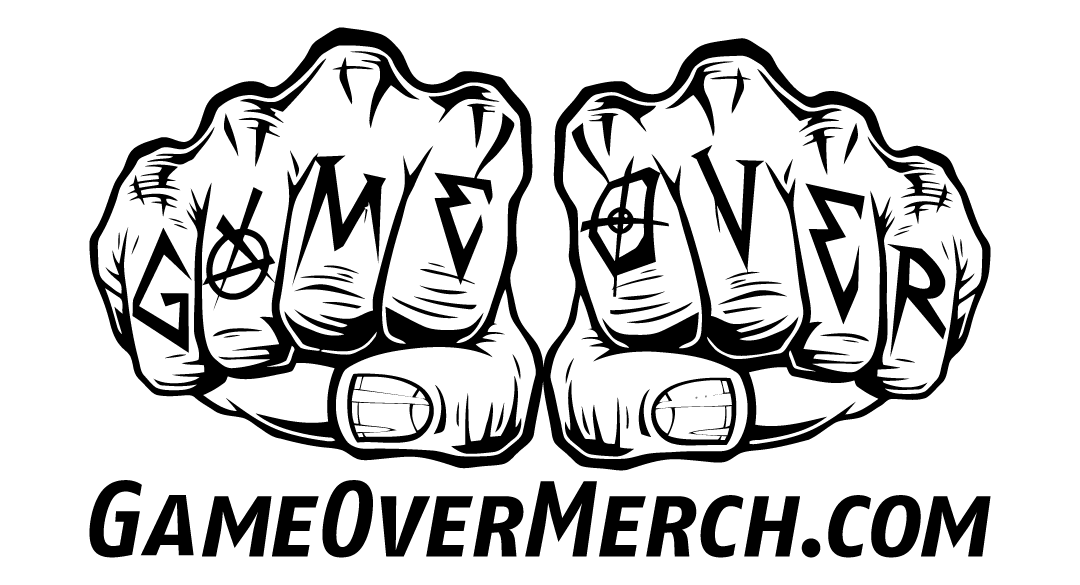Embroidery: Backing AKA Stabilizer
Backings, also known as stabilizers, are an essential component of commercial embroidery. They are used to provide support and stability to the fabric during the stitching process, and to prevent puckering or distortion of the design. There are several different types of backings available, each with their own unique properties and applications. Here’s an overview of some of the most common types:
- Cutaway backing: Cutaway backings are a type of permanent backing that is cut away from the garment after stitching is complete. They provide excellent stability and are ideal for use with stretchy or unstable fabrics, such as knits or woven fabrics with a loose weave.
- Tearaway backing: Tearaway backings are designed to be easily removed by tearing away excess material after stitching is complete. They are ideal for use with stable fabrics that do not require as much support, such as woven cottons or polyester.
- Water-soluble backing: Water-soluble backings dissolve when they come into contact with water, leaving behind only the embroidery stitches. They are ideal for use with delicate fabrics, such as lace or sheer fabrics, where permanent backings may be too heavy or visible.
- Fusible backing: Fusible backings are designed to be ironed onto the fabric, providing additional stability during stitching. They can be cut away or left in place after stitching is complete, depending on the desired outcome.
- Heat-sensitive backing: Heat-sensitive backings are similar to fusible backings, but they are activated by heat from the embroidery machine rather than an iron. They provide additional stability during stitching and can be easily removed by peeling away excess material.
- Adhesive backing: Adhesive backings use a temporary adhesive to hold the fabric in place during stitching. They are ideal for use with small or intricate designs that require precise placement, or for fabrics that may shift during stitching.
In addition to these basic types, there are also variations and combinations of these backings available, such as cutaway tearaway hybrids, which provide both the stability of a cutaway and the easy removal of a tearaway. The choice of backing will depend on the specific fabric, design, and desired outcome of the embroidery project.
Here’s some information about the different weights of backing that are available:
- Light weight backing: Light weight backings are typically used for lightweight fabrics such as t-shirts, polos, and other thin materials. They are ideal for designs with light stitching or for use with smaller needles.
- Medium weight backing: Medium weight backings are a good all-purpose backing and can be used for a variety of fabrics and designs. They provide good stability without adding bulk or stiffness to the garment.
- Heavy weight backing: Heavy weight backings are ideal for use with dense designs, heavy fabrics, or items that require additional support, such as tote bags or jackets. They provide excellent stability and prevent puckering or distortion during stitching.
- Super heavy weight backing: Super heavy weight backings are the thickest and most durable option, providing maximum support for even the most complex designs. They are ideal for use with thick or heavy materials, such as denim or canvas, and are often used in industrial or commercial embroidery settings.
It’s important to choose the appropriate weight of backing for the specific fabric and design being used, as using a backing that is too heavy can result in stiffness or distortion, while using a backing that is too light can result in puckering or other stitching issues.

